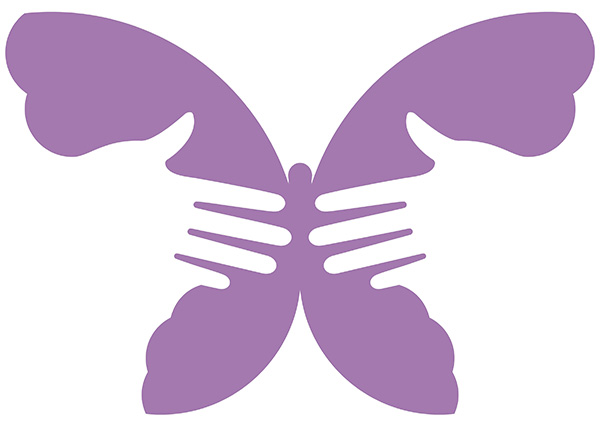Lupus is a chronic inflammatory disease that can affect joints, skin, kidneys, blood cells, heart and lungs. There are three main types of lupus – Systemic lupus erythematosus (SLE), discoid lupus erythematosus, and lupus caused by drugs. Of these, systemic lupus erythematosus is the most common and most severe, frequently causing swollen and painful joints, skin irritation, extreme fatigue and kidney problems.
In rare cases, mothers can transmit antibodies to their children during birth (neonatal lupus erythematosus), although mothers themselves usually show no sign of lupus. The outlook for people with lupus was once grim, but diagnosis and treatment of lupus have improved considerably.
Symptoms of lupus:
Signs may appear suddenly or may develop gradually, can be mild or severe and be temporary or permanent. Even the specific irritation which gives the name of the disease – “lupus” is the Latin word for wolf because doctors once thought that the irritation resemble a wolf bite – but it does not appear in all cases.
The most common signs and symptoms of lupus, which usually occur at various intervals rather than all at once, include the following:
Skin eruption:
Although it affects only one in three people with lupus, skin problem most often associated with the disease are in the form of butterfly rash that appears on the cheeks and bridge of the nose. This can be bulge or flat and can be stained or fully red in the affected areas.
Some people with lupus develop skin lesions (subacute cutaneous lesions) that look like small blisters initially, but later becomes scaly and itchy, while others have large flat lesions that itch, having center areas unaffected. Both types of injuries usually occur after sun exposure.
Still others develop a rash bulge; red, crusted, (discoid rash) on the face, neck, chest and scalp. A discoid rash is usually thick and scaly, may last for days or years and often leave hypo or hyperpigmentation scars. This rash is the only symptom in people with the discoid form of lupus.
In a small percentage of cases, people with discoid lupus may go on to develop a mild form of lupus erythematosus.
Arthritis:
Most people with lupus eventually develop joint pain, stiffness and swelling, primarily in the fingers, hands, wrists and knees. The pain may move from one joint to another or affect the same joint on both sides of the body.
Lupus- associated arthritis may come and go quickly and usually is not deforming, although the pain can be severe during a flare.
Kidney problems:
Patients with lupus are particularly vulnerable to kidney disease – it can cause many types of glomerulonephritis, a disease that affects the kidneys’ ability to filter toxins, leading to kidney failure. Although some people with kidney problems may develop frothy and tea-colored urine, swelling of the ankles or lower leg, high blood pressure, kidney damage often can occur without any warning signs or symptoms.
Photosensitivity (sensitivity to sunlight):
People with lupus are often very sensitive to sunlight, developing severe irritation to the skin frequently exposed to the sun. Sometimes even the interior light, and especially fluorescent light can cause the same response.
Problems of the brain or central nervous system:
It can cause some serious problems in the brain or central nervous system, including headaches, seizures, unconsciousness, dizziness, vision problems, behavioral changes and eve strokes.
Coronary problems:
It can affect all parts of the heart, including the sac surrounding the heart (pericarditis), the heart muscle (myocardium) and the interior lining of the heart (endocardium). Pericarditis, which occurs when the pericardium becomes inflamed, it is especially common in people with lupus, causing shortness of breath and sharp chest pain that can be felt as a coronary attack.
Lung problems:
It can cause a number of lung problems of which the most common is pleurisy, an inflammation of the chest lining, which can cause a sharp pain, like a knife in the chest. Uncommon lung disease includes pleural effusion (water in the lungs) which is the accumulation of excess fluid in the pleural space between the lung and the chest wall and also lupus pneumonia, inflammation of the lungs. Occasionally, high blood pressure in the blood vessels of the lungs (pulmonary hypertension) may appear.
Mucosal ulcers:
These wounds are painless and appear inside the mouth, especially on the palate, or in smaller cases, in the nose. Mucosal ulcers may not be noticed until you eat something spicy or until repeated nosebleeds occur.
Continue to the next page to read the full article:

